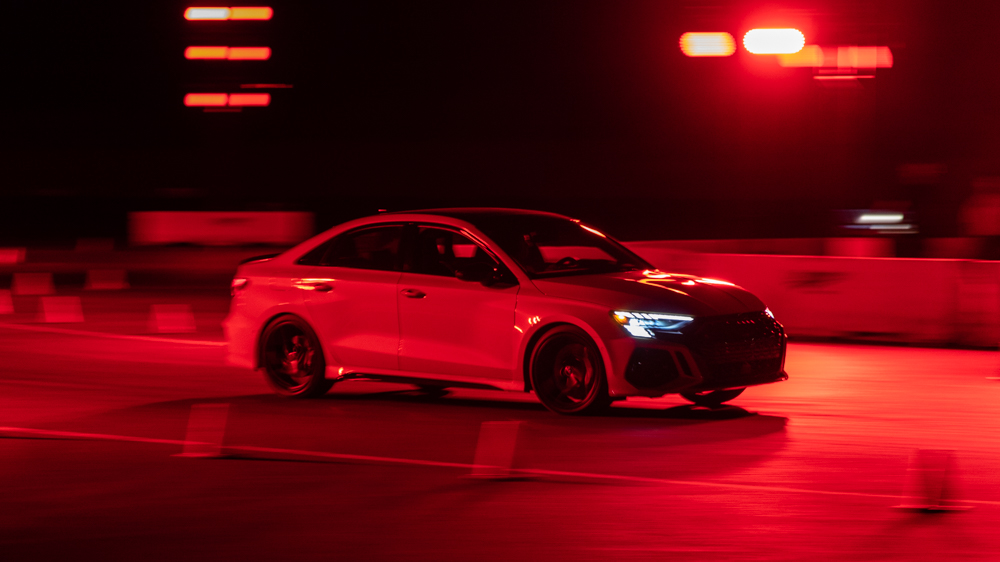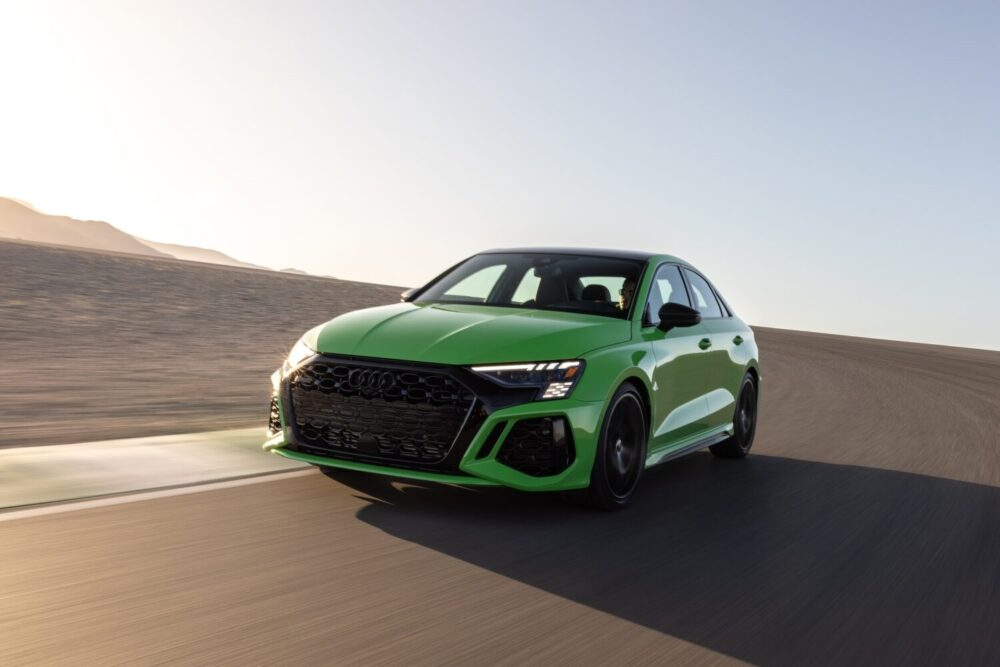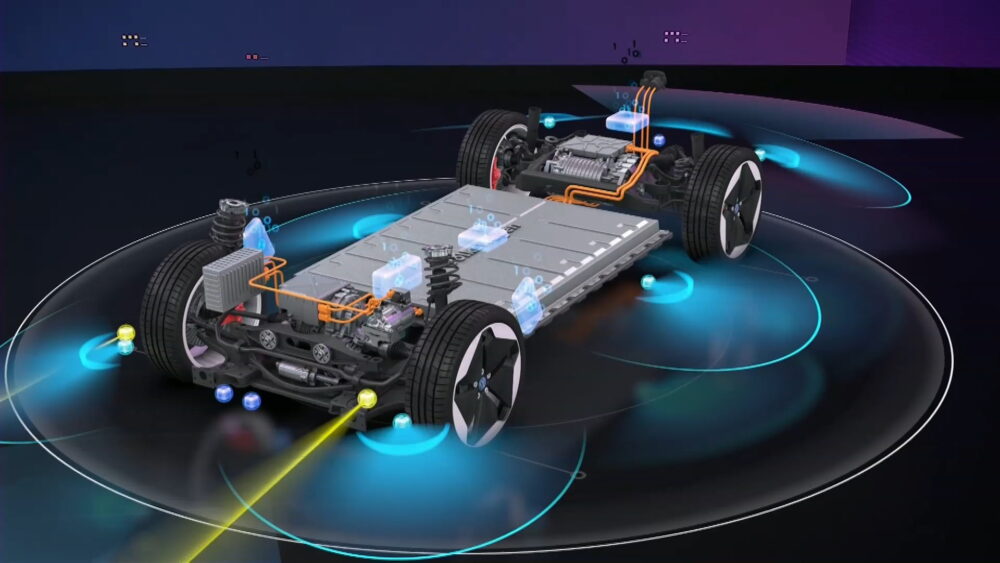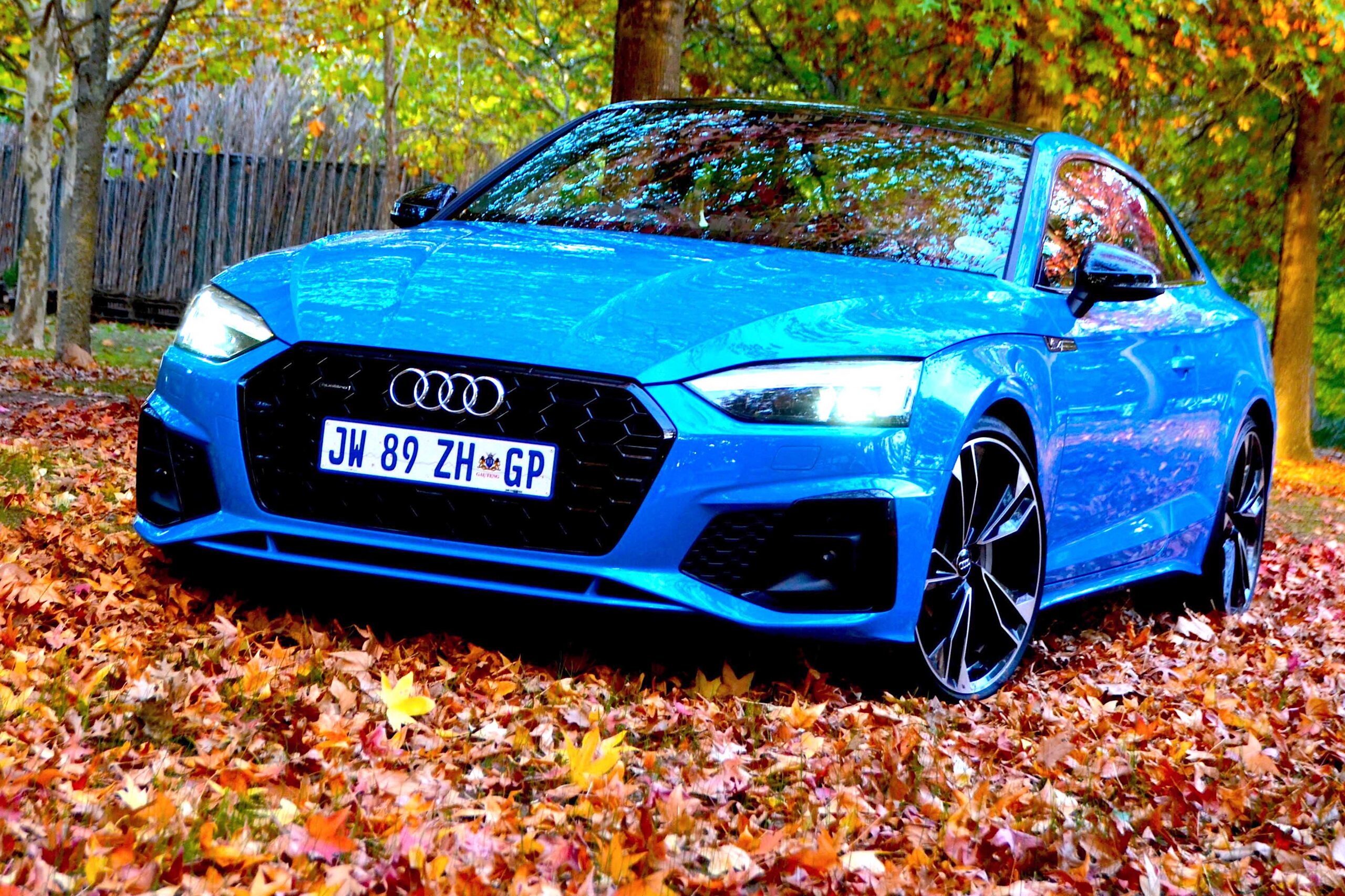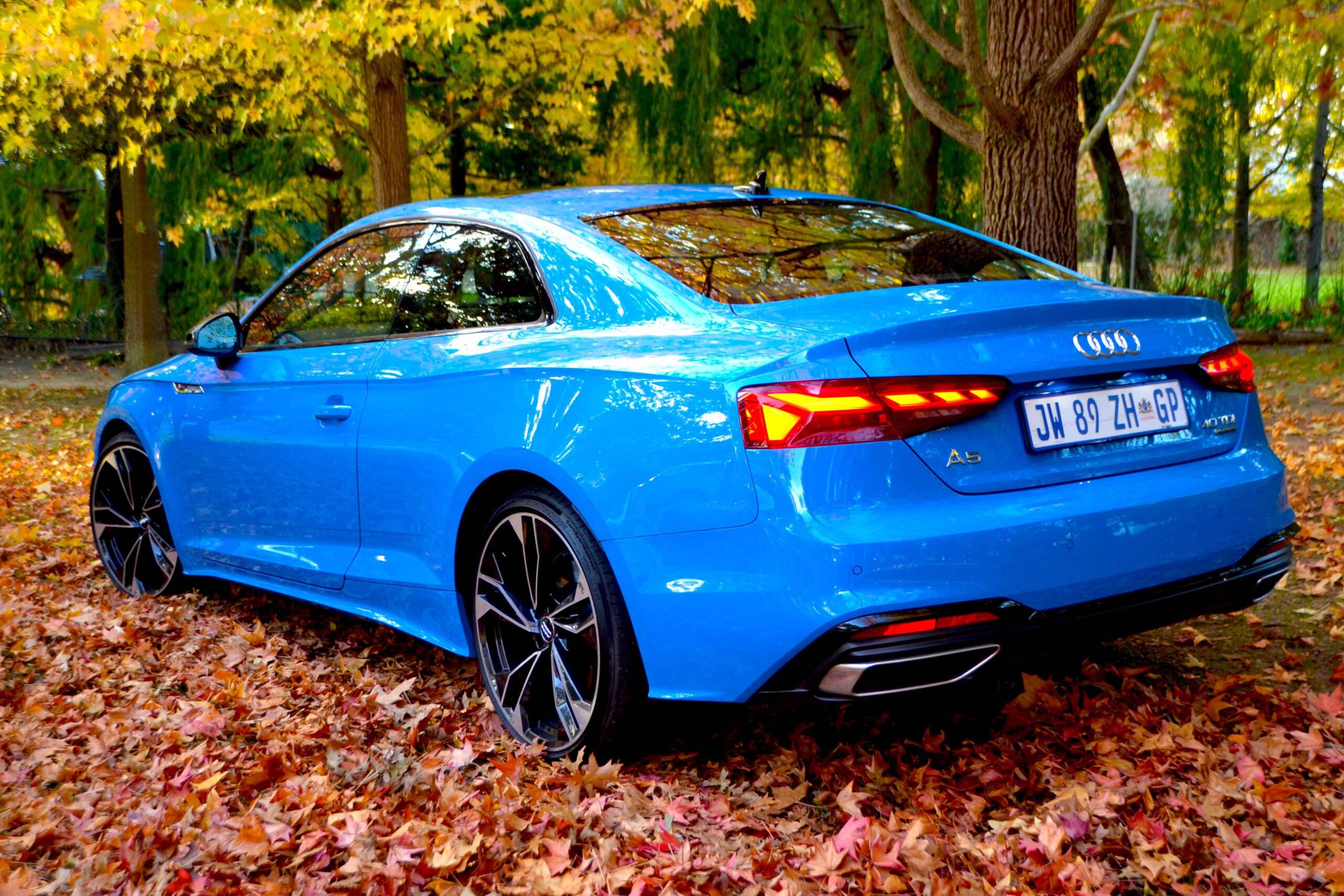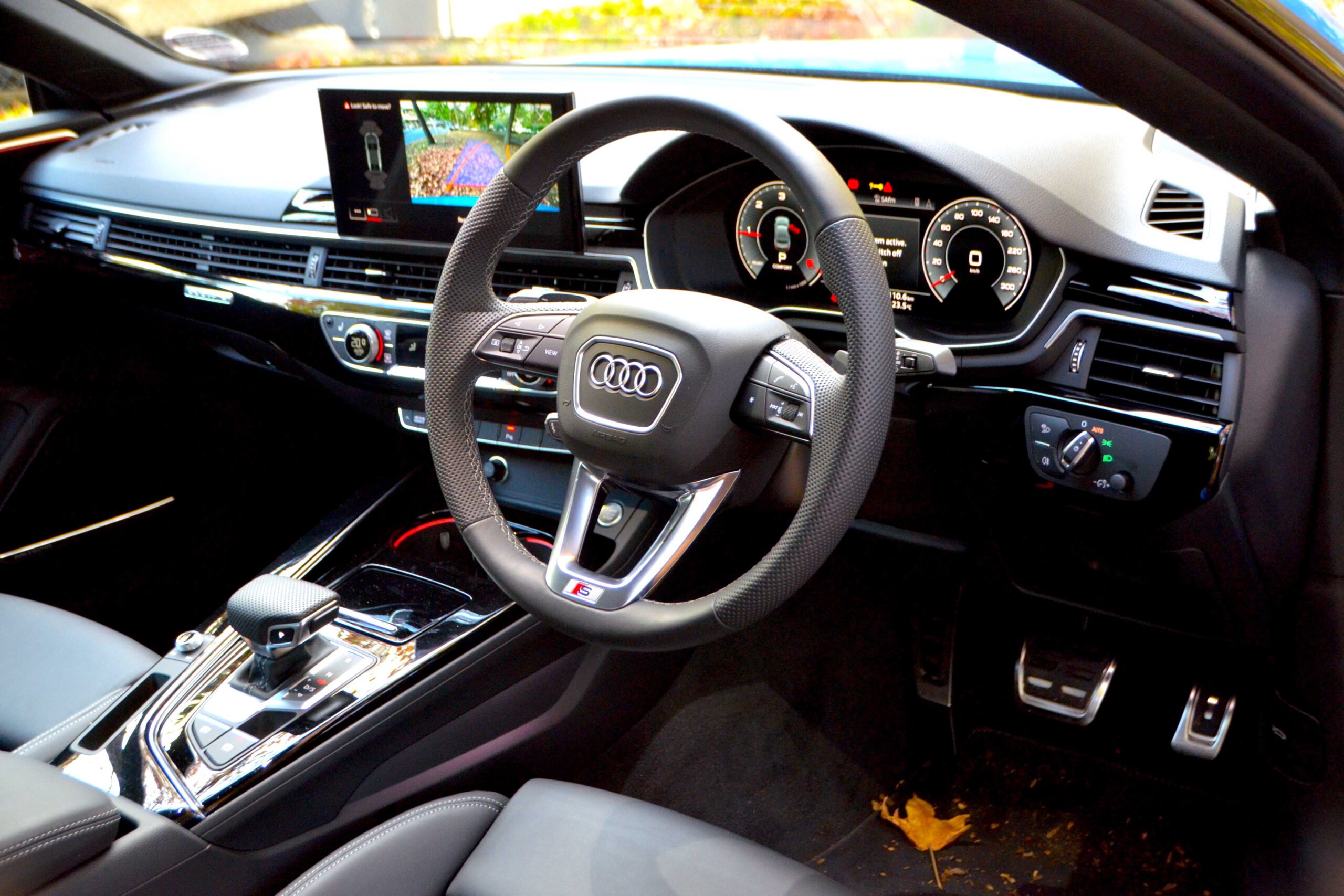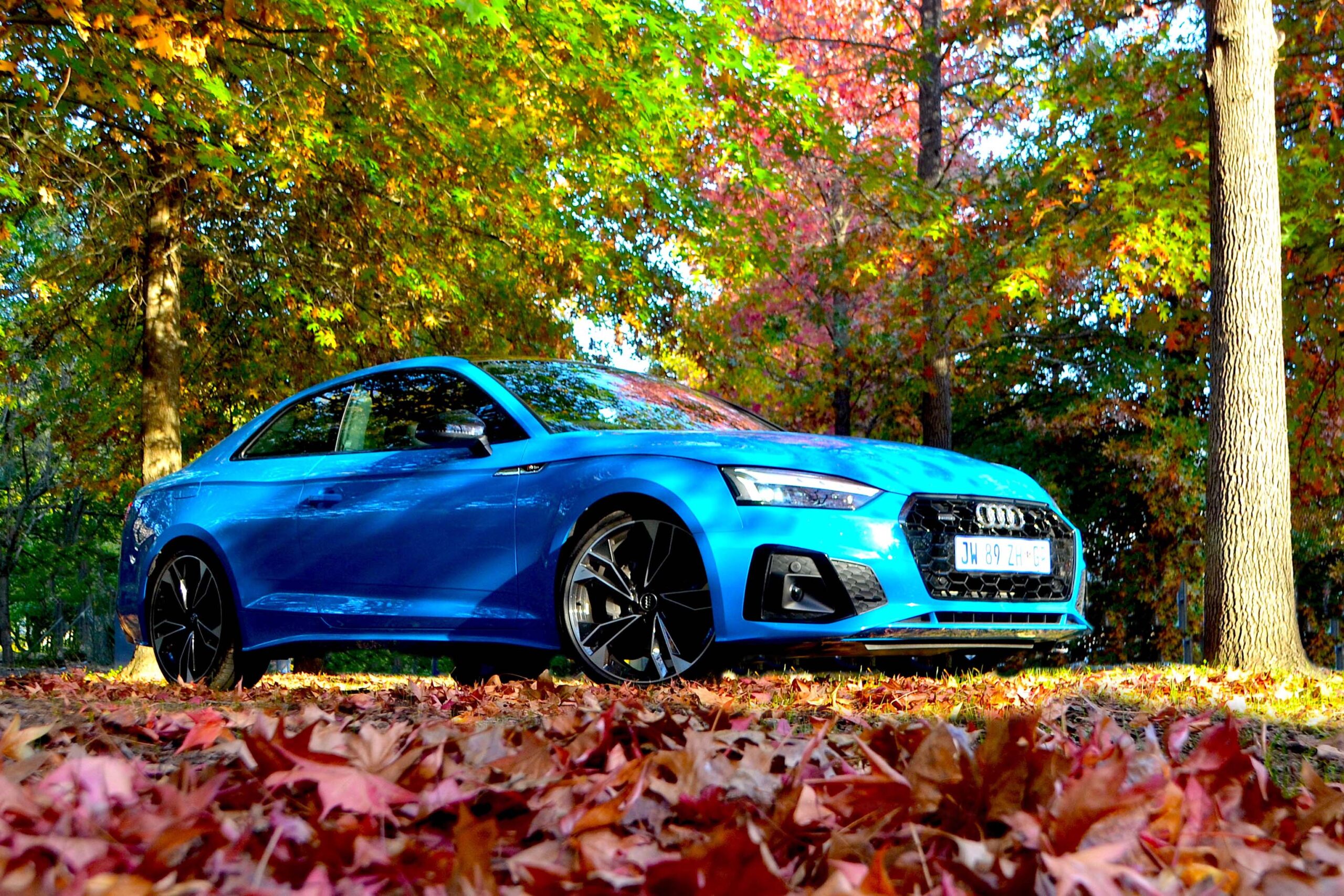The policy, enacted by the California Air Resource Board, has widespread implications for the automotive industry as a whole.
California, well-known for its strict environmental policies, voted as of August 25 to ban all emissions-producing vehicles from dealership floors by 2035. The ruling, first posed by the California Air Resource Board (CARB), represents the next concrete fundamental shift in the United States’ automotive marketplace from an outside source. The bill, dubbed CARB Advanced Clean Cars II, sits alongside other sweeping regulations intended to combat the ravaging effects of climate change. And California’s not the only state to feel the effects, either. Already, there are talks of over a dozen states joining with similar policies as soon as a year from now.
CARB Advanced Clean Cars II, introduced by California governor Gavin Newsom (D), will likely impact future automotive development on a global level. The state of California represents the largest percentage of automotive sales in the United States, and thus, the governor is hopeful in the bill’s widespread influence. In Newsom’s words, the bill marks one of several “big, bold steps necessary to stem the tide of carbon pollution,” he claimed in a statement. Overall, the implications of the bill are summarized as such:
- The policy stipulates that only zero-emissions vehicles be sold new from dealerships. As such, used vehicle sales are not subject to the policy.
- The policy affects all cars up to and including SUVs and light-duty trucks.
- Zero-emissions is measured as a vehicle with no greenhouse-gas emissions. As such, alternative-fuel internal combustion engines, such as hydrogen engines, are not affected. This is because the exhaust of such vehicles produces water and oxides of nitrogen, as opposed to carbon-based emissions.
- Larger vehicles, such as medium-duty trucks up to semis, are not affected.
Building a cleaner, more efficient future

CARB Advanced Clean Cars II stands as an outside policy affecting all automotive manufacturers equally. Being external rather than an internal product development, this carries with it a certain extra leverage. Meaning, the resolution will effectively obligate future automotive development down pathways of alternative fuels, be that electricity, biofuels, hydrogen, or otherwise. That said, the target date of 2035 remains a best-case scenario. Infrastructure and support networks still need fundamental overhauls to support such a radical change. And developing engines that run such fuels doesn’t occur overnight, either. Nevertheless, experts posit that the target goal is realistic, and that the bill’s impact is likely to spread to other pollutant-heavy industries.
In terms of the automakers themselves, this policy’s likely to shift most manufacturers to almost exclusive development of electric or alternative-fuel vehicles. The main reason why lies with the sheer scale of the affected regions. California’s influence on mid and long-term development goals is very significant thanks to the demographic market share. And with other nations pursuing similar policies of their own, most automakers are likely to follow suit. That said, the bill only affects certain regions. As such, manufacturers may still offer vehicles with traditional-fuel engines elsewhere (think California-compliant exhaust). So the policy’s likely not the complete end of the gasoline-powered car. But ecologists hope that such sweeping changes can help mitigate the effects of climate change, which by 2050 they state will be nearly irreversible.
What this means for Audi

Audi’s innovated heavily into electric vehicle technology in recent years. In fact, their goals are far loftier than the 2035 deadline. As mentioned previously, Audi’s breadwinner, the A3, will feature an all-electric lineup by 2027. And yes, this includes the veritable S3 and RS3 models as well. Future development will likely follow suit, with Audi experimenting with electric propulsion in all its models to some extent.
That said, Audi’s heavily catered to the enthusiast market in the past, electric motors or otherwise. The Volkswagen Auto Group heavily promotes its electric lineup within our subculture with everything from high-powered, thrilling road cars to the infamous Volkswagen I.D. R. What’s more, VAG’s further developing its MEB-platform, a modular chassis specifically developed for next-generation electric vehicles. Ford will also produce MEB-platform vehicles of its own beginning in 2023, leading to even shorter development times and less cost overall. Due to its modular, adaptable nature, these chassis may host any number of exciting vehicles we’ve not even heard of yet. Only time will tell.
As for the consumer, we do have one other factor to consider. Gasoline’s not going anywhere as of yet in terms of its road presence. It may be disappearing from dealers, but not from the used market. Therefore, this generation of vehicles may well represent the last fully-gas-powered lineup. The desirability for a more traditional ride remains especially strong within the enthusiast crowd, with subcultures that prize simplicity and engagement. This led directly to some manufacturers reinstating more analog technology in sports cars, for example. So what may occur is a sharp increase in used gas-powered vehicle prices. This especially affects regions lacking the infrastructure to support alternative fuel technology. And this is likely to be especially significant in sports cars, where noise and feel matter far more. Regardless of its implications, however, the CARB Advanced Clean Cars II bill’s likely here to stay one way or another. So if you’re in the market, bear in mind that prices are likely to significantly inflate in the coming decade.



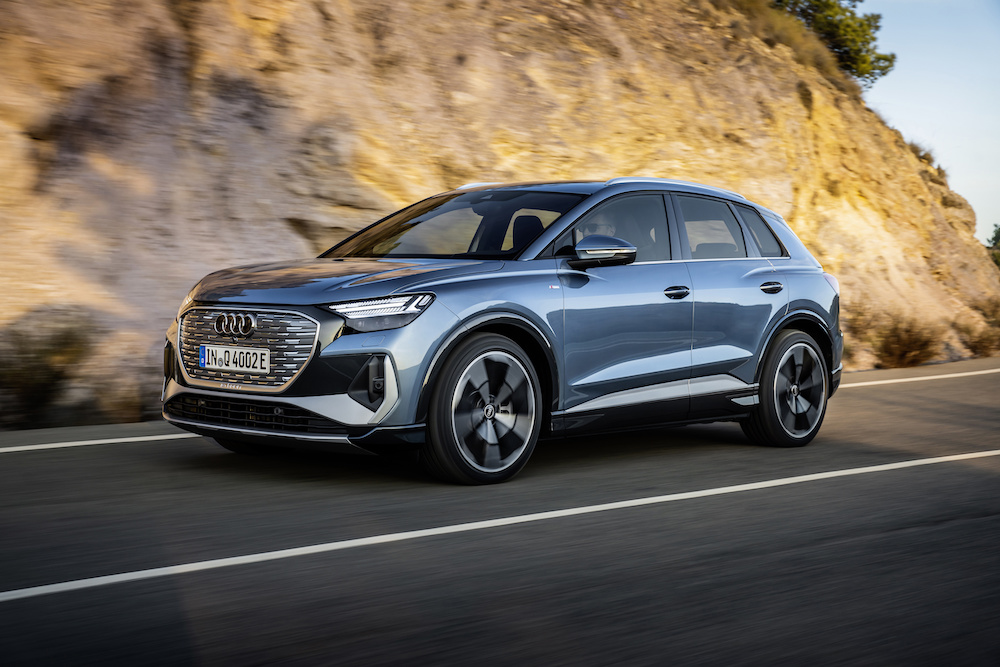
 since its founding in 1909. But Audi fires right back, dropping a banger of a car in the most innocuous crossover-shaped package. Crammed with the latest tech on a state-of-the-art package, the Q4 e-Tron received rave reviews for its drivability, performance, and features. Let’s have a look at what some of these people have to say!
since its founding in 1909. But Audi fires right back, dropping a banger of a car in the most innocuous crossover-shaped package. Crammed with the latest tech on a state-of-the-art package, the Q4 e-Tron received rave reviews for its drivability, performance, and features. Let’s have a look at what some of these people have to say!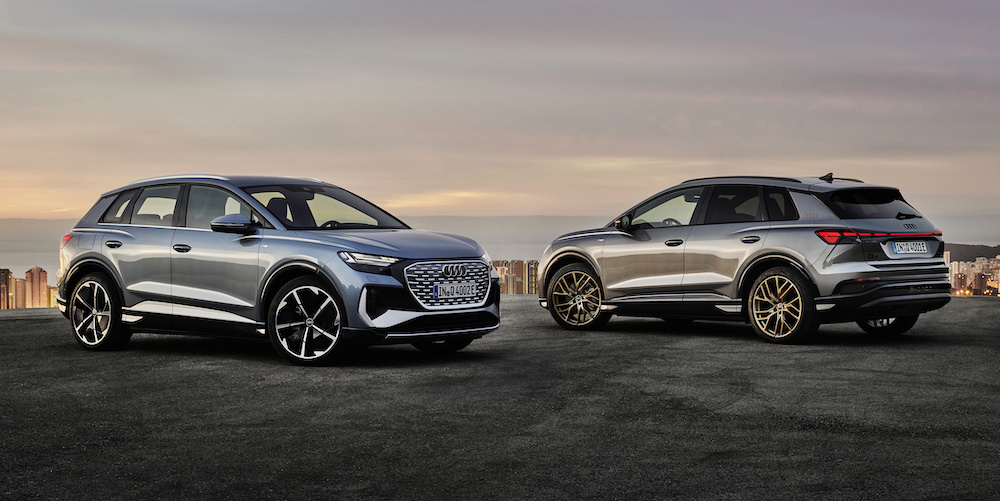
 CarExpert calls the handling “stubbornly one-dimensional,” citing stiff suspension and lack of feedback. Others also remarked on the stiff handling, with Ars Technica remarking the Q4 feels “ungainly and awkward… [The Q4] tends to jostle occupants and packages around more than you’d expect.”
CarExpert calls the handling “stubbornly one-dimensional,” citing stiff suspension and lack of feedback. Others also remarked on the stiff handling, with Ars Technica remarking the Q4 feels “ungainly and awkward… [The Q4] tends to jostle occupants and packages around more than you’d expect.”
